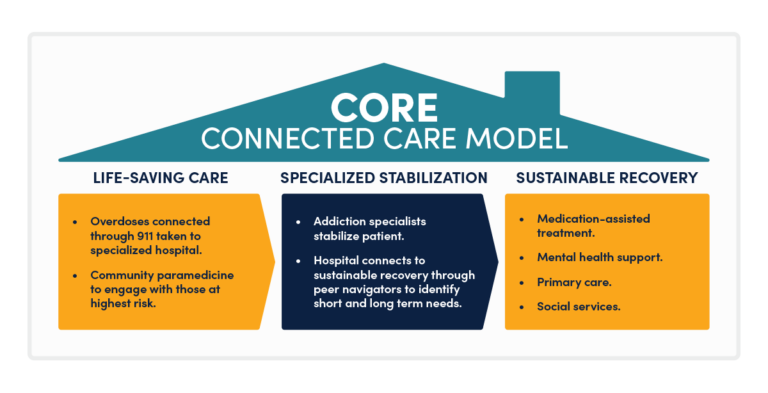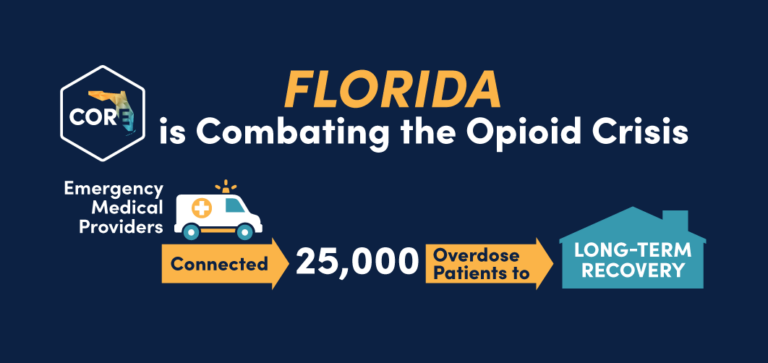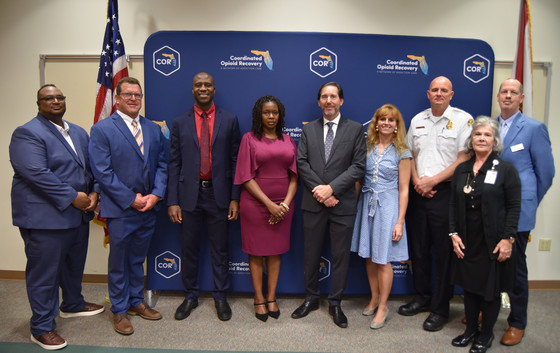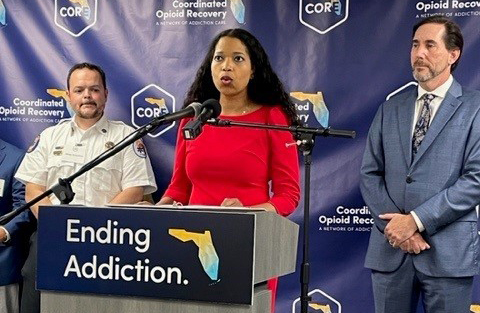Clay County
Clay County CORE Network, Joined by DOH and DCF Leadership
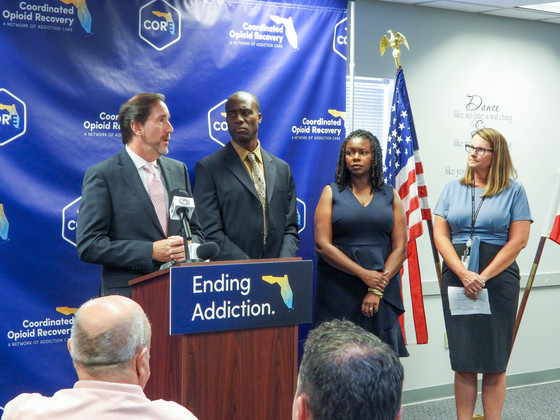
Clay County, Fla. – Yesterday, State Surgeon General Dr. Joseph Ladapo, Deputy Secretary for Health Dr. Kenneth Scheppke, and Florida Department of Children and Families Secretary Shevaun Harris, alongside community partners, visited the expansion of the Coordinated Opioid Recovery (CORE) in Clay County – a comprehensive network of addiction and opioid treatment.
This year, Florida has experienced over 4,000 reported fatal overdoses. In Clay County, Emergency Medical Services reported that in 2021, teams responded to nearly 1,000 overdose calls.
The CORE Network is the first of its kind in the nation, coordinated through the Florida Department of Health, Florida Department of Children and Families, and the Agency for Health Care Administration. The full-scale treatment approach of the CORE Network expands every aspect of overdose response and creates an all-inclusive sustained system of care and patient navigation to holistically address all primary and secondary impacts of substance use disorder.
“Addiction is heartbreaking for all involved, and we ultimately want to help people address the stress traumas that led them to addiction,” said State Surgeon General Dr. Joseph Ladapo. “This program is an applied, intensive application to managing addiction through powerful, effective practice that connects people to what they need to get out of the horrific cycle of addiction.”
“The existing standard of care for substance use disorder is outdated. The current overdose response in most of the United States treats the acute overdose, without providing access to sustainable care,” said Dr. Kenneth Scheppke, Deputy Secretary for Health. “That’s exactly why we’ve developed CORE. This program facilitates the necessary connections among local emergency response and specialty health care networks to not only respond to an acute overdose, but to connect individuals suffering from substance use disorder to sustainable and long-term care.”
In the wake of Hurricane Ian, there is also concern of increased substance use and overdose deaths due to the impact on individuals’ mental health and the disruption of normal pharmaceutical supply chains. It is critical that community partners provide resources to their communities as we recover from the effects of Hurricane Ian’s devastation. We must remain vigilant both now and in the long-term to prevent overdose deaths.
“The CORE Network helps further reach people who are taking the brave step toward their recovery journey,” said Department of Children and Families Assistant Secretary for Substance Abuse and Mental Health Erica Floyd Thomas. “This model demonstrates the power of peers and partnerships and is the ultimate testament of Florida’s ongoing commitment to reduce the impact that opioids are having on our children, families, and communities.”
Substance abuse is a chronic multifaceted life-threatening disease. If an individual in Clay County overdoses, specialized emergency medical services protocol will begin stabilization while transporting the patient to a specialty hospital with attained specialty expertise in addiction medicine. Once all emergent health threats are stabilized, the patient’s long term care needs will then be transferred to an expert multi-specialty outpatient practice to support sustainable recovery.
CORE provides a personalized treatment umbrella ranging from primary care to mental health support. By facilitating these connections in Clay County, CORE disrupts the revolving door of addiction by connecting overdoses to sustainable care in real time.
If you, or someone you know, is struggling with substance use disorder and would like more information on CORE in Clay County, you may contact Clay County Fire Rescue at 904-284-7703 or the Florida Department of Health in Clay County
If you suspect an overdose, call 911 immediately. The state of Florida has deployed resources that can be posted in public areas to ensure Floridians remain vigilant of the signs of overdose, how to respond, and where help is available.
